Work by Pioneering Art Museum Director and Artist Maud Briggs Knowlton On View This Summer in Maine
- MONHEGAN ISLAND, Maine
- /
- May 08, 2019
This summer the Monhegan Museum of Art & History, in Maine, will celebrate the art and life of Maud Briggs Knowlton (1870-1956), one of the first women to direct a major American art museum and one of the few women to paint on Monhegan Island in the late 1890s. A Life Made in Art: Maud Briggs Knowlton will be on view July 1 through September 30, 2019.
A Life Made in Art is the first major retrospective of Maud Briggs Knowlton’s work and will include more than 40 watercolors, oils, etchings, drawings, and painted porcelain from Knowlton's time on Monhegan Island and in New Hampshire. In addition to being an accomplished artist of the Arts and Crafts era, this pioneering woman became the first director of what is now the Currier Museum of Art, which co-organized this exhibition. Accompanying the exhibition will be displays of turn-of-the-century photographs, cyanotypes, and glass-plate negatives by Knowlton’s husband, Edward, that capture life as it existed on Monhegan Island when they first arrived on its shores in the 1890s.
Knowlton started her artistic career as a china painter, as many creative women of her generation did. She traveled to New York and Boston as a young woman in order to pursue advanced training with some of the leaders in the field of art education and to learn technical skills in several crafts. By 1895, Knowlton began publicly exhibiting watercolors in prominent regional venues such as the Boston Art Club and became an active member of the Boston Society of Arts and Crafts. By 1900 Knowlton began to expand her reputation in the field of china decoration to a national level, and she had five different floral patterns published in Keramic Studio magazine.
Subsequently, she became a founding instructor at the Institute of Arts and Sciences in Manchester, New Hampshire, then a thriving manufacturing center. By sheer energy and determination, she rose to become a cultural leader of that community, eventually being named the first director of what was then the Currier Gallery of Art when it first opened to the public in 1929. With her appointment at the Currier, she joined a group of only three other women to direct a major U.S. art museum at a time when museums were becoming increasingly important features of civic life across America.
On Monhegan, Knowlton was among the first women artists to paint on the island in the late 19th century. She was captivated by the island’s rustic architecture and cottage flower gardens and Monhegan became a place where she could recharge her creative spirit. Though small and remote, Monhegan attracted a rich diversity of artists, and Knowlton came to know many of them personally. She went on to include many of these artists in group exhibitions at the Currier, including George Bellows, Andrew Winter, Jay Hall Connaway, Leo Meissner, and Frederick J. Waugh. In 1939, Knowlton organized the first museum exhibition of watercolors by the then-21-year-old Andrew Wyeth just as his career was taking off.
At both Manchester and Monhegan, it was Knowlton’s lifelong passion for art that led her to seek opportunities for her own personal growth, which in turn she then shared with others. Despite their contrasts, Manchester and Monhegan did much to shape her creative sensibilities and professional aspirations.
Like many amateur photographers at the turn of the 20th-century, Edward Knowlton (1860–1964) was avid about his subject, diligent in his pursuit of technological advancement, and most likely self-taught. In the 1880s, with the advent of smaller glass-plate negatives, portable cameras for both portrait and landscape work, and local camera clubs across the country, it became easier for hobbyists to take cameras on their travels and share ideas with one another about the artistic nature of this new visual medium. Edward’s camera captured rustic vernacular buildings, portraits of fishermen at work, children at play, and the more dramatic features of Monhegan’s headlands and shoreline. In conjunction with the exhibition, the Monhegan Artists’ Residency Program is sponsoring a public lecture about Edward’s work at the Monhegan School House on Monday, July 15at 7 pm.
A Life Made in Art: Maud Briggs Knowlton is co-organized by the Monhegan Museum of Art and History and the Currier Museum of Art, Manchester, New Hampshire, where it will be on view February 15 through May 10, 2020. A 92-page catalogue will accompany the exhibition and is available at the Monhegan Museum Store for $25. For more information, visit www.monheganmuseum.org


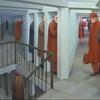
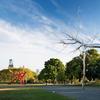
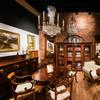
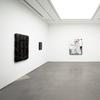

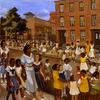
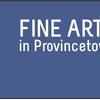

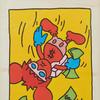
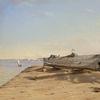

100x100_c.jpg)

